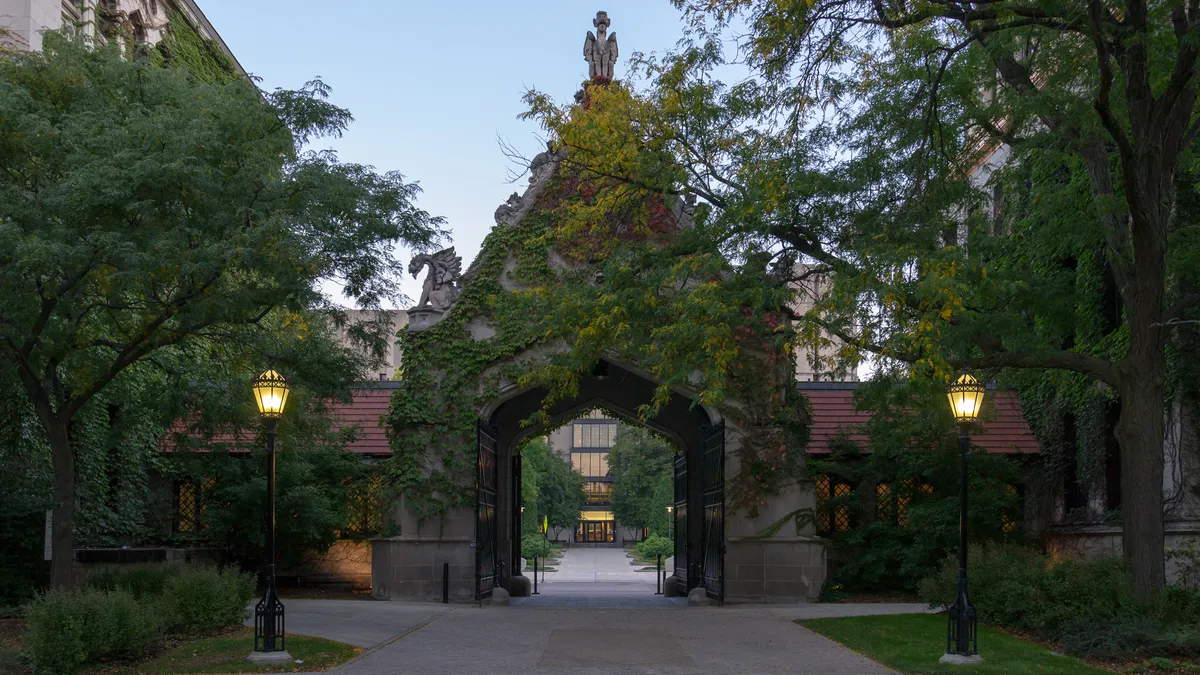According to the National Center for Education Statistics, 13.4 million students were expected to begin their studies at four-year institutions in the fall 2017 semester, while another 7 million were headed to two-year institutions. In today’s environment, students need as much flexibility as possible in terms of finances, timing and school choice. It’s no surprise that more students are turning to community colleges, where they can plan their course schedules around their other responsibilities, lower the cost of their degree and potentially transfer to a four-year institution.
However, only one out of five community college students ultimately transfer to a four-year institution.
Some students simply aren’t aware of their transfer options, but many others intend to transfer to a four-year college or university, only to be surprised, challenged and overwhelmed by the complexity of the transfer process. Too often, this can put their dreams on hold.
Understanding the Challenges
Recently, Barnes & Noble Education LoudCloud partnered with several community colleges and a four-year public institution in a major metropolitan area to conduct qualitative research sessions with transfer students. The goal was to better understand the challenges faced by transfer students and to help determine what process and policy changes can improve outcomes.
Though every student faces unique circumstances, the research uncovered distinct patterns for students who were unable to transfer to a four-year institution. These students made it to three different stages in the process. Some students simply never get started. Some begin exploring their transfer options and get lost in the application process. Other students make it all the way to submitting their applications, then change their minds — often after realizing that many of their credits won’t transfer.
So, where do things go off track?
A couple of common themes around the specific challenges students face also emerged in the research. First, from start to finish, the length and complexity of the transfer process are significant deterrents. Many students are discouraged as they struggle to navigate each part of the process — particularly as they try to balance studying, working and managing family responsibilities.
Limited access to academic advisors also poses a problem. Students who can meet with their community college advisors find them helpful. However, the sheer volume of students assigned to each advisor – the ratio can be as high as 400 to one — doesn’t always allow for individualized attention. In addition, transfer requirements vary so widely between four-year institutions that both students and advisors can struggle to understand the prerequisites. Students often do not have access to advisors at four-year institutions until they formally apply, which requires additional time and costs, and can serve as a deterrent for students still exploring their options.
Community colleges and four-year colleges and universities will need to work together and find ways to address and improve upon the current status quo.
Exploring Solutions
The research yielded three insights that highlight where institutions can better support students through the transfer process.
Communicate with students one on one.
Potential transfer students are positively impacted by high-touch, in-person outreach. One way to pursue more personal outreach without creating an overwhelming cost burden is to connect potential transfers with students already at four-year institutions. They likely share common experiences and have recent, relevant experiences to draw from. This approach also may lessen the strain on already overburdened advisors.
Early engagement matters for outcomes.
Potential transfer students who make their transfer decision early in their two-year journey have a greater chance of success than those who delay this decision. They have more time to explore their options and select the right courses.
Make it easier for students to follow the steps.
Streamlining handoffs between various offices within an institution can play a large role in improving retention and follow-through once a student has applied to transfer to a four-year institution. When a student has line of sight to the status of their application, as well as who owns the next step, they are more likely to see the application through to completion.
Schools like the University of Central Florida (UCF) are tackling transfer challenges head-on with initiatives to bridge the current support gaps that exist for community college students. UCF and Polk State College have partnered on Transfer Connect, a program that provides pre-enrollment counseling and other support services for students transferring to UCF Online. Students are assigned a dedicated online advisor, and together, they create an individualized transition plan, including careful review of financial aid options. With early and specific guidance, Polk State students have confidence in the application process.
While the transfer process poses challenges today, the good news is that schools can tap into an unprecedented number of tools and technology to support new solutions. Many resources exist, from data-sharing options for partner schools to better ways to track students’ academic progress and behaviors. Ultimately, schools must find ways to create streamlined, supported pathways from community colleges to four-year institutions. This pipeline will be ever-more critical in helping students achieve their educational and career goals and meeting the demands of today’s workforce





